What is dark energy?
dark matter is crucial for modern physics and even reaches beyond such level. It gets implicated in everything starting with the formation of galaxy
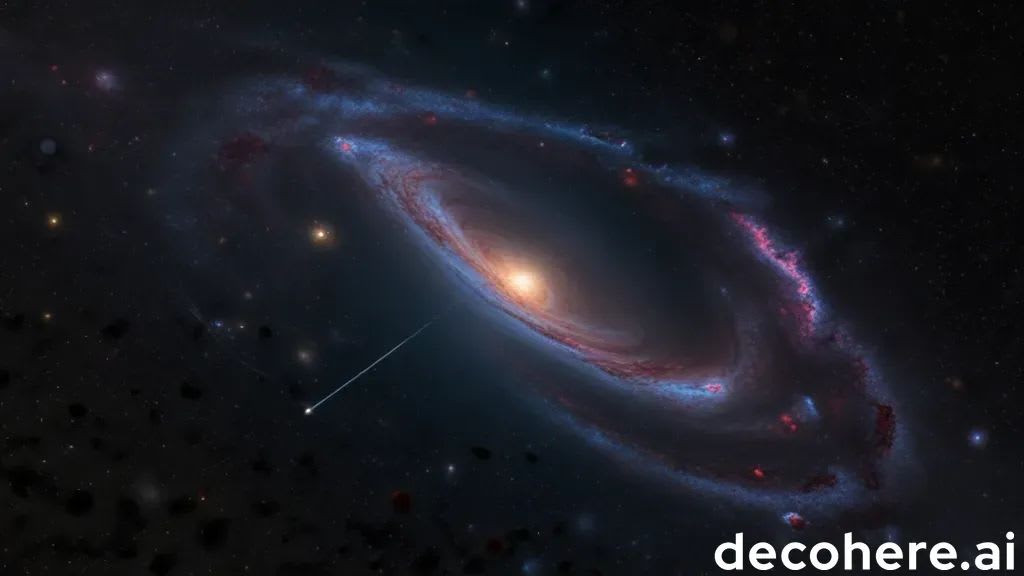
The whole universe can be seen as a window that peeks through the veil of obscurity and reveals only a small portion of the invisible world at a time. That, together with the stars, planets, and galaxies, are only the visible tip of the cosmic iceberg. So not only this dark matter is the essence of the universe, but it remains hidden from our direct assessment because it is in the subsurface level.
What is Dark Matter?
Dark matter is kind of matter that fails to emit, absorb or reflect light, with explorer observatories unable to recognize it. In terms of the universe, dark matter remains elusive, but it is known that it rests about 27% of the universe’s total mass and energy content. The situation is starkly different from the mundane matter, or "baryonic," matter (protons, neutrons, and electrons) which account for only a small percentage of almost 5% of the universe. While the 68% of the universe is made up of dark energy, a strange yet compelling force stretching the universe at an accelerated pace, it is still unknown as to why it exists and what it consists of.
The Discovery of Dark Matter
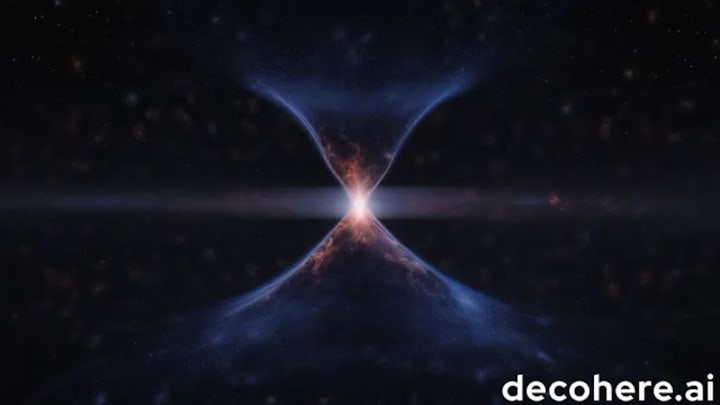
Zwicky, a Swiss astrophysicist, from the 30s has observed that Coma Cluster had an unknown energy not from visible matter and proposed the presence of dark substance. He then noted that the galaxies in the cluster were so speeded up that the visible mass, according to the standard theory, was unable to explain the gravitational forces necessary keep the cluster together. Zwicky put forward a missing mass idea as he called it *dunkle materie* in the hope to bridge the gap.
Besides, in the seventies the works of the American astronomer B. L. embrace another evidence. Rubin in his experiments studied the rotation curves of spiral galaxies and found that they do not decrease as much as what is predicted by the existing models at the speeds the stars orbit at.
What is special about it?
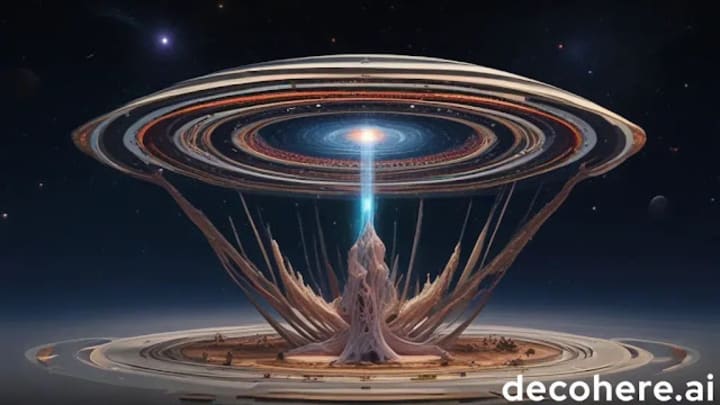
Structural Foundation of the Universe:
The Dance of Darkness states that dark matter is one of the keys to the origin and internal structure of the Universe. It is a scaffold of gravity that both galaxies and stellar systems separately develop and revolve around. If there were no dark matter, the background curvature of the universe would be positive and not large enough to counter the pressure of radiation at the beginning, which can stop the formation of galaxies.
Cosmic Microwave Background (CMB):
The CMB, comptonization of the Big Bang, give the scientists a unique chance to see how the universe was looking approximately 380000 years after its expansion. This distribution can be interpreted through the presence of dark energy, which caused matter’s gravity to induce density fluctuations as the universe expanded.
Galaxy Clusters and Lensing:
Any study of galaxy clusters, the large gravitationally split systems in the universe, ineffectually point out the importance of dark matter in the whole process. Gravity lensing, light from far away objects bent when passing a big massive object in front of them, proofs a supportive role for dark matter. The visible relationship is not adequately explained by the normal matter alone; this implies a major dark matter participation.
The Standard Model of Cosmology:
The Lambda Cold Dark Matter (ΛCDM) model, the standard cosmological model that predominantly conveys the history and dynamics of the universe, is based on the dark matter fundamentally. This model, in fact, is seen expressing that full range of observations; from the cosmic scale structure to the galaxy distribution.
The issue of the Dark Matter's nature:
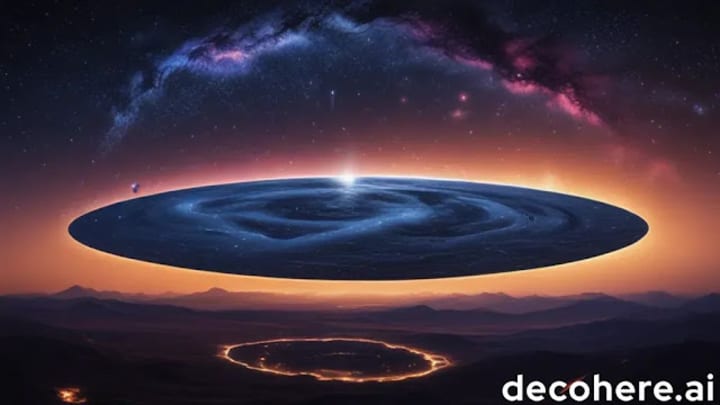
Even though it is one of the most crucial components, no one is sure what exactly dark matter is in modern physics, which remains one of the primary enigmas. Several candidates have been proposed, including:
Weakly Interacting Massive Particles (WIMPs):
WIMPs refer to hypothetical particles that can interact only through two fundamental forces: the weak nuclear force and gravity, while they are invisible to electromagnetic forces. They are discovered to be one of the major suspects for the culprit. The Large Hadron Collider (LHC) and several so-called direct detection experiments, which aim at uncovering signs of WIMPs, are among a growing number of experiments now hunting for evidence of these hypothetical particles.
Dark Matter and Black Holes:
The union between dark matter and black holes is a rich topic of scientific investigation. Likewise, being affected by the gravitational impact, dark matter can be gathered up around black holes which in turn influences black holes to grow and evolve. While dark matter could be clarified by black holes due to their gravitational effects, the reverse argument is also evident.
Entering a new Era of Creation
The investigation of the dark matter is probably the most specifying and difficult area in physics today. The improvement of technology and inventions of new methods of seeing the dark matter will has the possibility of unveiling the real nature of dark matter. Coming experiments and missions like the James Webb Space Telescope (JWST) and the Euclid Mission from the European Space Agency will give us more than we can visualize of obscure matter location and its score card.
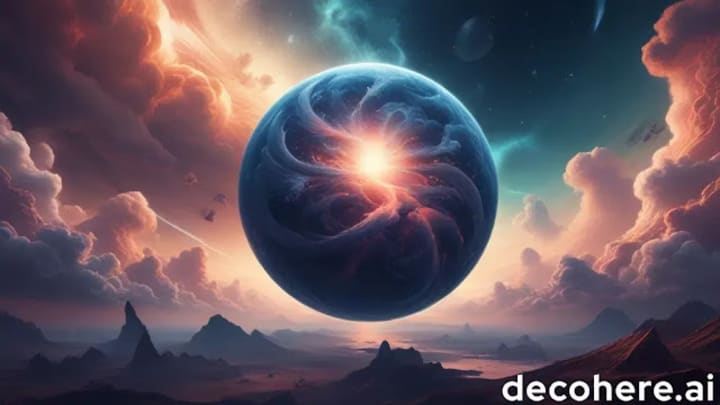
In spite of all the researchers and modern technology intimidation the nature of dark matter remains one of the greatest mysteries of modern science. Its presence is inferred from its effects through gravitation (being the latter extremely powerful) rather a large mass of matter, the "true nature" of which still it remains a mystery to be discovered. Underpinning the general framework of our existing cosmological model, dark matter represents one of its most pivotal ingredients, crucial for the origin and structure of the universe. The on-going discovery of dark matter uses the joint practice of direct and indirect detection, collider experiments, and astrophysical observations.
About the Creator
Galaxiesbuzz
Explore the vast wonders of the cosmos with our astronomy blog. Immerse yourself in captivating celestial discoveries, from distant galaxies to the mysteries of black holes. Stay updated on astronomical events, witness cosmic phenomena.
Enjoyed the story? Support the Creator.
Subscribe for free to receive all their stories in your feed. You could also pledge your support or give them a one-off tip, letting them know you appreciate their work.


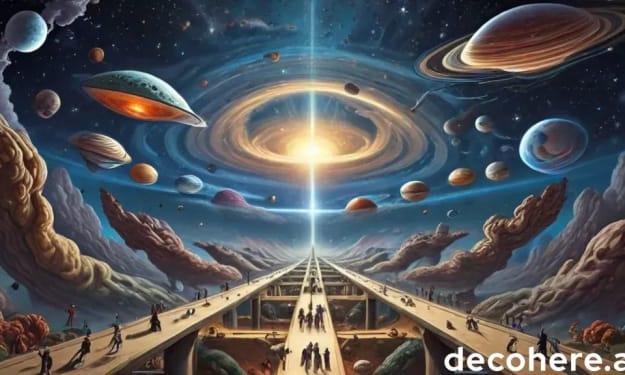



Comments
There are no comments for this story
Be the first to respond and start the conversation.